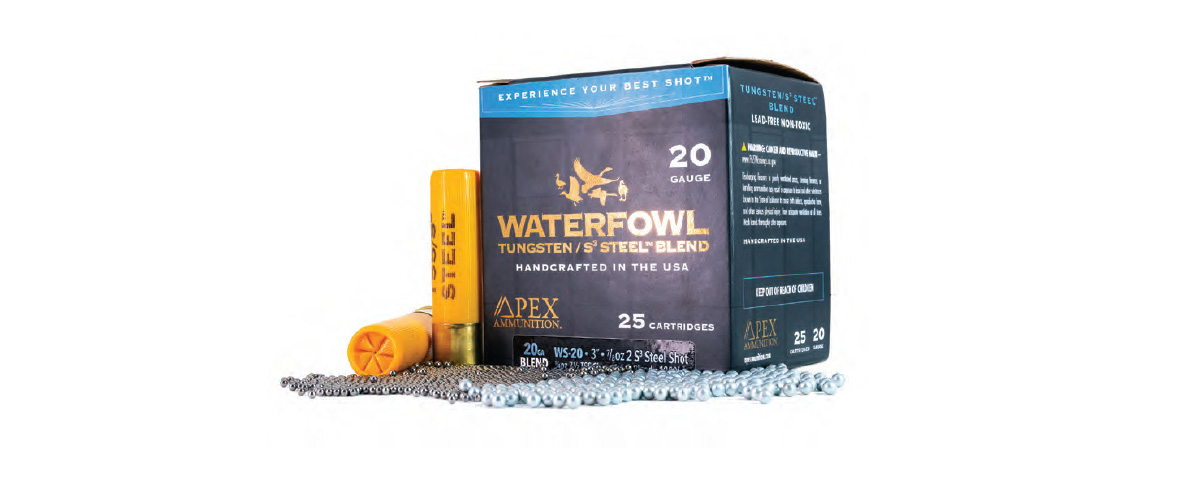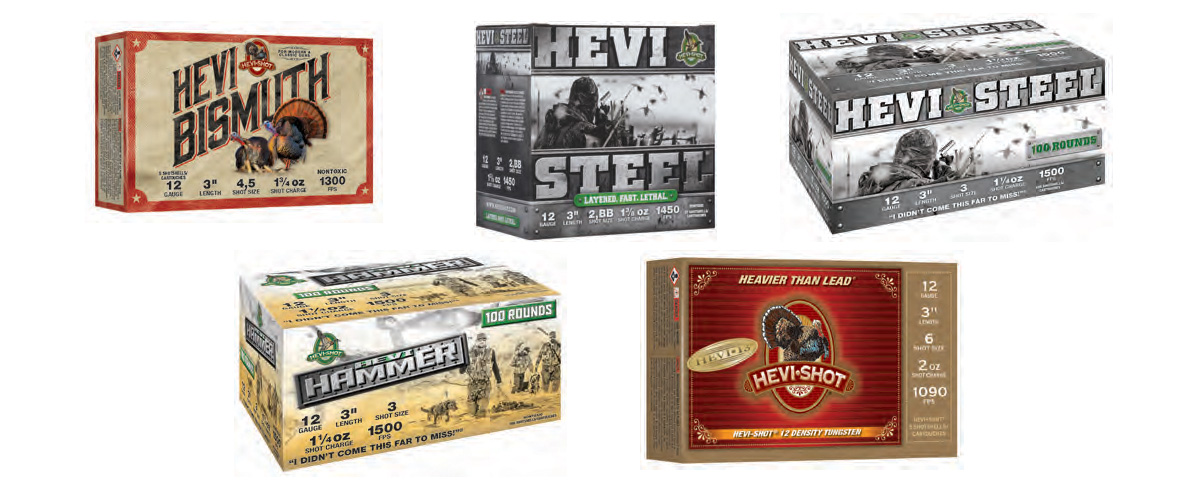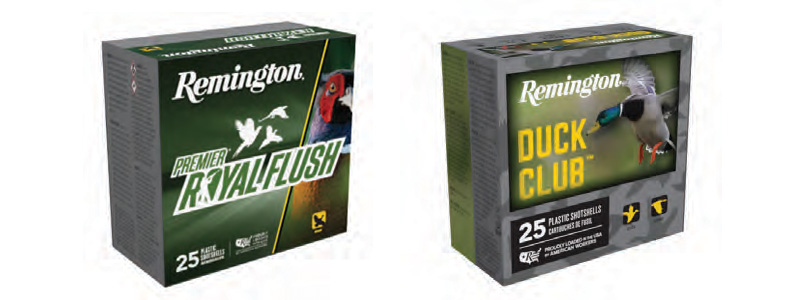
Can a Piece of Grilled Backstrap Save Hunting?
By Michael Pendley
The crowd surrounding the Quality Deer Management Association’s Hank Forester and his grill had been attracted by the enticing scent of grilled venison wafting across the farmers market. Few if any of the urban locavore crowd were hunters, but they were all there that morning to procure locally grown (and preferably organic) food for themselves and their families.
As the market’s customers began to gather around the grill, Hank and his coworkers from QDMA took the time to explain that hunting had never really been about trophy measurements. Since the time records were kept as paintings on a cave wall, hunting has always been, at its core, about food.

The thought of sustainable, local, additive-, antibiotic- and hormone-free protein appealed to the mostly metropolitan group, and Forester took advantage of the interest to introduce the QDMA’s Field to Fork program to anyone interested in learning to hunt to supply their own meat.
Gathering Food Drives Interest
That scene has been repeated countless thousands of times across the country. Groups like the National Wild Turkey Federation and fish- and- game agencies from just about every state are implementing this same approach. Interested non-hunters attend one or more classes with an emphasis on how to hunt a particular species, how to process the animal into edible portions and how to prepare their game for the table.

Once participants go through the classroom portion of the class, they get teamed with mentor volunteers to take part in an actual hunt. The pairing of new hunters with experienced mentors—the cornerstone of NSSF’s +ONESM Movement—is the most crucial part of the program.
Unlike traditional hunter recruitment where young or new hunters tag along with more experienced friends or family members to learn the sport, many of the Field to Fork participants don’t have anyone in their circle to teach them the ropes. Mentors fill that role by being there to answer questions on planning and gear before the hunt and offer guidance in the field as the hunt unfolds.

The approach of QDMA’s Field to Fork, as well as NSSF’s +ONE Movement, has become so successful that it has become a central tool for R3—recruit, reactivate and retain—programs nationwide seeking to attract new hunters. Derek Stoner, Hunter Outreach Coordinator for the Pennsylvania Game Commission, says, “We are working on connecting to non-traditional participants who are interested in learning to hunt and need a quality mentorship experience to guide them through the process. Our hunter outreach team identified the Field to Fork program as an ideal initiative that reaches new adults and provides a well-balanced approach that emphasizes conservation, wildlife management, ethics and harvesting of wild game meat.”
Kentucky Born
The program got its beginning in the Bluegrass State back in 2010. Folks at the Kentucky Department of Fish and Wildlife were frustrated that they didn’t have a program in place to support residents asking to learn about hunting. Since many of those requests were coming from people outside the traditional hunting demographic and seemed to be centered around hunting from a wild game meat-procurement perspective, KDFWR came up with Learn to Hunt, which taught basic hunting skills that included processing and cooking game. The new program was quickly successful, with more applicants signing up than spaces available.
Those early attempts taught the department some valuable lessons. At the top was the realization that the locavore movement was gaining steam and there was a vast pool of possible new hunters in urban areas who were interested in learning to harvest their own game.
KDFWR knew they needed to expand the curriculum. It immediately started applying for federal grants to expand Learn to Hunt. The agency refined the course while waiting and for good news on the additional funding.
In 2014, the grant was awarded. Realizing that food was one of the main reasons for interest in the program, KDFWR had already changed the name to Field to Fork and had designed a new, and now familiar, logo to go along with the new name.

Another lesson learned in the years leading up to the grant was that simply spending time in class learning about hunting wasn’t enough to get the participants afield on their own. Since few of the participants had any experience afield or any support network of seasoned hunters who could answer questions and offer advice, class time alone wasn’t providing the confidence necessary to hunt by themselves.
The answer was an expanded mentorship component in which classroom participants went afield with a mentor for a hunt or two. The hunts allowed the participants to experience real hunting situations with knowledgeable hunters, instilling that much-needed confidence, and successful hunts were followed by hands-on lessons in processing of game and a wild game dinner.
Besides teaming up new hunters with an experienced companion, the expanded program allowed the classmates to form their own peer groups, something that continued well beyond the weekend class itself.
The revised program was immediately successful. Soon, the department added classes beyond the original deer format to include other species like dove, turkey and small game. Then, over the next two years, KDFWR began to share Field to Fork with other state agencies, all of which employed it with success.
Besides state governments, conservation organization like QDMA and NWTF, private businesses like SIG Sauer and Traeger Grills, and private sportsman’s clubs around the country have taken Field to Fork to heart. QDMA’s Forester says the Field to Fork program is vital to his organization’s recruitment efforts. The program focuses on three angles: hunting for food, because it has a high public approval rating; adults because they have the best ability to pursue hunting as a pastime; and social support, which is critical to getting potential new hunters past the “try it” stage.

“We started using Field to Fork in 2016. We followed the data, made a few educated guesses and created a mentored hunting program that is efficient and effective,” he told me. “We created a food-focused program for adults, and we knew that we needed good mentors and community to create social support.
How well has this approach worked for QDMA?
“Through Field to Fork, we are having success creating new diverse hunters who are then sharing their stories, sharing their venison and, ultimately, becoming tomorrow’s mentors and advocates,” said Forester.
More Than One Way to Talk About Grilled Backstrap
While starting one of the most successful hunter recruitment programs in history might seem like enough of an accomplishment, the folks at KDFWR weren’t finished. Brent McCarty, R3 Branch Manager for KDFWR, says the department is constantly researching new ways to introduce the program to anyone who might be interested in hunting.

One of the most promising new initiatives is Cook Wild Kentucky. In a partnership with the University of Kentucky’s Cooperative Extension Service, the KDFWR is working with the University’s Nutrition Education Program to come up with delicious, easy-to-make wild game meals. The recipes and cooking instructions are printed on the back of color-photograph postcards that get distributed through the state’s 120 cooperative extensions. KDFWR is also working directly with approximately 80 county agents to train them to hold their own Field to Fork classes, making the program more accessible to the entire state.
McCarty says this increased coverage is a key to stopping the decline in hunter numbers.
“We simply aren’t seeing the numbers we need to sustain license sales from traditional sources,” he explained. “We need to recruit new hunters from non-traditional demographics and making proven programs like Field to Fork more accessible to everyone is key to moving the needle.”
Support from Capitol Hill
“Over and over, we hear that one of the biggest problems that new hunters face is a lack of access to land,” McCarty told me. “Unfortunately, a lot of our state is made up of private land. We have landowners who are interested in hosting youth and Field to Fork hunts for new hunters, but their land is already being hunted during our regular firearms season.”
KDFWR realized that growing Field to Fork would require additional properties, so KDFWR worked with the Kentucky legislature to pass regulations allowing specially permitted firearm hunts on private land outside of the regular season dates.
“We’ve found landowners are much more willing to host these hunts if they are still able to hunt their property or host friends during the traditional firearms season,” says McCarty.
***
There is no denying that hunter numbers across the nation are going down. Population centers are becoming more urban, and conventional, familial induction of new hunters is falling as current hunters age and their children and grandchildren don’t remain in the sport. Innovative programs like Field to Fork are reaching out to non-traditional demographics to recruit and train a new kind of hunter—and it turns out those new hunters look surprisingly like those hunters of old who hunted with one goal: feeding their family.
About the +ONE Movement
NSSF encourages all current hunters to take the +ONE Pledge. Reach out to someone new—someone outside your circle of friends and family who hunt—and teach them what you know about hunting, conservation and the deeply meaningful ability to put food on the dinner table that you harvested yourself. Talk with your local game wardens and state game agency professionals or reach out to QDMA’s Field to Fork program and others like it and let them know you’d like to serve as a mentor. There are thousands of people out there who want to hunt for their own food and don’t know where to turn to get started. With +ONE and programs like Field to Fork, you’re the solution to that problem.





























